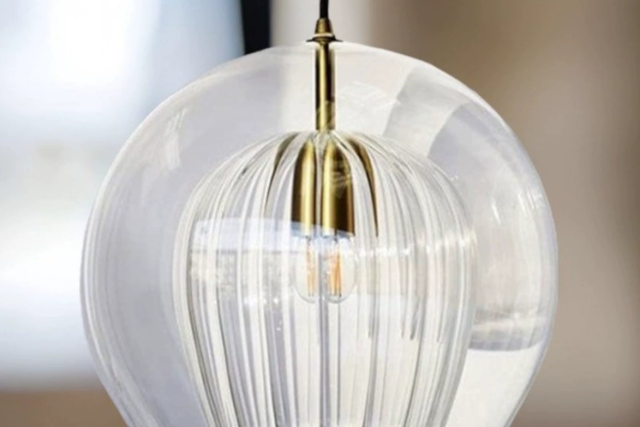Pyrite crystals, also known as fool’s gold, have fascinated humans for centuries due to their metallic luster and golden hue. These crystals have various applications in fields like jewelry, technology, and even geology. However, behind their beautiful appearance lies a complex formation process, unique properties, and hidden dangers. In this article, we will delve into the world of pyrite crystals and examine their formation, properties, and uses.
Formation of Pyrite Crystals
Pyrite crystals are formed when iron is exposed to sulfur in a process called hydrothermal activity. This usually takes place in underground veins and ores or in sedimentary rocks. The pyrite crystals grow in the open spaces of these rocks, often in regular cube shapes due to their crystal structure. Sometimes, pyrite crystals can take on intricate shapes and form beautiful clusters known as “suns” or “dollars.”
The Properties of Pyrite Crystals
Pyrite crystals have some remarkable properties that make them unique. For instance, they have a metallic luster and yellow-gold color, which can fool people into thinking they are real gold. Moreover, pyrite crystals have a very high specific gravity, meaning they are much heavier than most rocks of the same size. Pyrite crystals are also brittle and can break easily, sometimes producing sparks.
However, pyrite crystals are not just pretty rocks. They have some interesting electrical properties too. When exposed to heat or friction, pyrite crystals generate an electrical charge, a phenomenon known as the piezoelectric effect. They can also conduct electricity and have magnetic properties.
Uses of Pyrite Crystals
Pyrite crystals have been used in various applications throughout history. In ancient times, pyrite crystals were believed to have spiritual properties, and people used them for divination and protection. Today, pyrite crystals are used in modern technology, including the production of batteries and electronics. Due to their electrical conductivity, pyrite crystals have been studied for their potential in solar power generation.
Pyrite crystals are also commonly used in jewelry, either in their natural form or cut into gemstones. Their golden hue and metallic luster make them an attractive choice for pendants, earrings, and other ornamental pieces.
Dangers of Pyrite Crystals
Despite their beauty and usefulness, pyrite crystals can pose dangers too. When exposed to oxygen and water, pyrite crystals can oxidize and form sulfuric acid. This acid can leach into the surrounding environment, causing damage to the soil, water, and air. Acid mine drainage, caused by the oxidation of pyrite in rocks, is a significant environmental problem in mining areas.
Moreover, pyrite crystals can pose health risks to people who inhale or ingest their dust. When broken or crushed, pyrite crystals can release iron, sulfur, and other harmful substances, which can cause respiratory and digestive problems.
Pyrite crystals may be called fool’s gold, but they are far from foolish. These beautiful rocks have complex formation processes, unique properties, and various applications in science, technology, and jewelry. However, we should also be aware of the potential dangers associated with pyrite crystals and handle them with caution. By exploring the world of pyrite crystals, we can appreciate their beauty and understand their importance in our lives.



Hottest Posts
Floor lamp / Lighting
Introducing the New Chinese Rattan Floor Lamp: A Stylish Addition to Your Home
Table lamp / Lighting
Timeless Elegance: Vintage Brass Gear Table Lamp
Pendant light / Lighting
Japanese Log Grid Ceiling Lamp: A Unique Lighting Option
Lighting / Pendant light
Bohemian-Inspired Chandeliers: Adding Colorful Flair to Your Space
Pendant light / Lighting
Enhancing Spaces with Modern LED Line Lights
Lighting / Table lamp
Vintage Charm: Retro Table Lamp in American Style